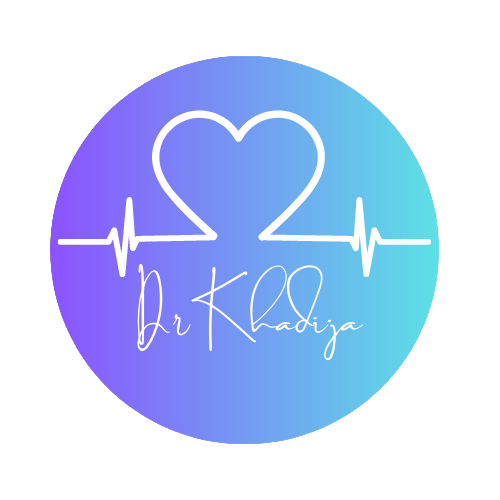Learn About 7 First Aid Basic Steps Ensure Safety

First aid is the immediate care given when someone faces a medical emergency or accident. It’s done right where the problem happened and is often the first and simple step before seeing a doctor. This care can include things like cleaning and covering small cuts, treating minor burns, giving over-the-counter medicine, removing things from the eyes, or giving water to someone who’s overheated.
Equipped with the right knowledge, such as the essential items in a first aid kit or the technique of first aid CPR, you make a profound difference in saving a life or avoiding lifelong disabilities.
7 First Aid Basic Steps
The 7 basic steps of first aid ensure safety and provide effective care. By practicing these steps, you can ensure that the injury doesn’t result in complications. Immediate accident and emergency management involves the following;
Step 1:Ensure Safety
Safety of yourself and the victim is the foremost step before analyzing the situation and taking any steps.
- Assess the Surroundings: Thoroughly assess the surroundings for potential hazards, such as traffic, fire, or electrical threats, and remove them.
- Personal Safety: Always ensure your safety first. An additional injured person can complicate the situation further.
- Protect Bystanders: Ensure that bystanders are at a safe distance, especially if there are potential hazards like fire or gas leaks.
- Safety Gear: If available, use protective gear like gloves to protect both yourself and the injured.
Step 2: Assess the Situation
Instead of panic and distress, smartly analyze the situation to take necessary actions further;
- Nature of Injury: Quickly determine the type of injury or illness. Is it a burn, a fracture, or a cardiac event?
- Number of Casualties: In multi-casualty scenarios, triage becomes essential. This means prioritizing care based on the severity of injuries. Look at the most affected and unresponsive patient first.
- Immediate Threats: Check if the person is in immediate danger, like being in the middle of a road or near a fire.
Step 3: Call for Help
Timely professional intervention can be life-saving. Call the ambulance or doctor nearby.
- Emergency Numbers: Know the emergency numbers for your location, including that of the fire brigade, ambulance, and rescue service.
- Clear Communication: Provide clear, concise details of the incident and its location, ensuring the rescue service understands the urgency and type of assistance needed.
- Delegate When Possible: If there are multiple bystanders, delegate the task of calling for help while you attend to the injured.
Step 4: Provide Immediate Care
Perform the basic steps of first aid, such as CPR or practicing ABC, to avoid any death or permanent loss.
- Basic Procedures: Familiarize yourself with basic first aid procedures, whether from first aid training or procedures.
- Stay Calm: Your composure can have a calming effect on the injured, reducing panic and shock.
- Reassurance: Continuously reassure the injured person, letting them know help is on the way.
Step 5: Monitor the Injured Person
After initial care, continuous monitoring is crucial:
- Vital Signs: Regularly check for breathing, pulse, and any changes in the level of consciousness.
- Comfort Measures: Ensure the injured person is as comfortable as possible. Use jackets or blankets to keep them warm.
- Prevent Shock: Elevate the legs if possible and keep the person calm, as shock can exacerbate the situation.
Learn more about: How Many Gs are Fatal? Understanding Lethal G-Force
Step 6: Document the Incident
While it might seem secondary during an emergency, documentation is vital for the medical practitioner and the legal team if the case demands it.
- Incident Details: Note down the specifics of the incident, including time, location, and nature of injuries.
- Administered Care: Document any first aid measures you’ve taken, from CPR to wound dressing.
- Witness Accounts: Gather accounts from bystanders, as they can provide additional perspectives.
Step 7: Hand Over to Professionals
When professional help arrives:
- Provide a Brief: Offer a concise overview of the incident and the care given.
- Share Documentation: Hand over any notes or documentation you’ve made.
- Cooperate Fully: Answer any questions they might have and trust their expertise.
Conclusion
First aid is very important in managing the accident and emergency. It can help save lives and stop small problems from becoming permanent damages. It is essential to learn the basics of first aid and keep a first aid kit to deal with all such instances.






















